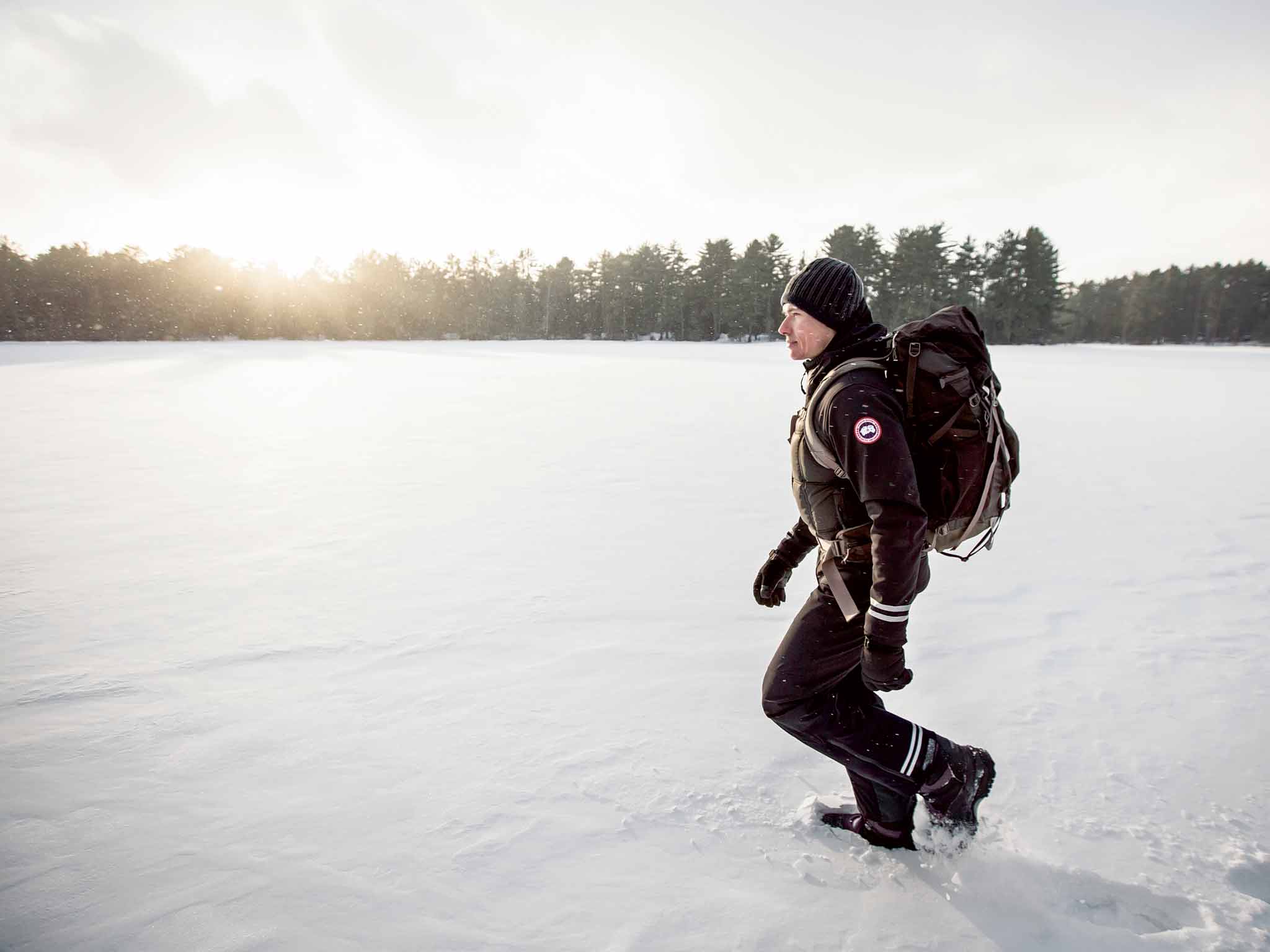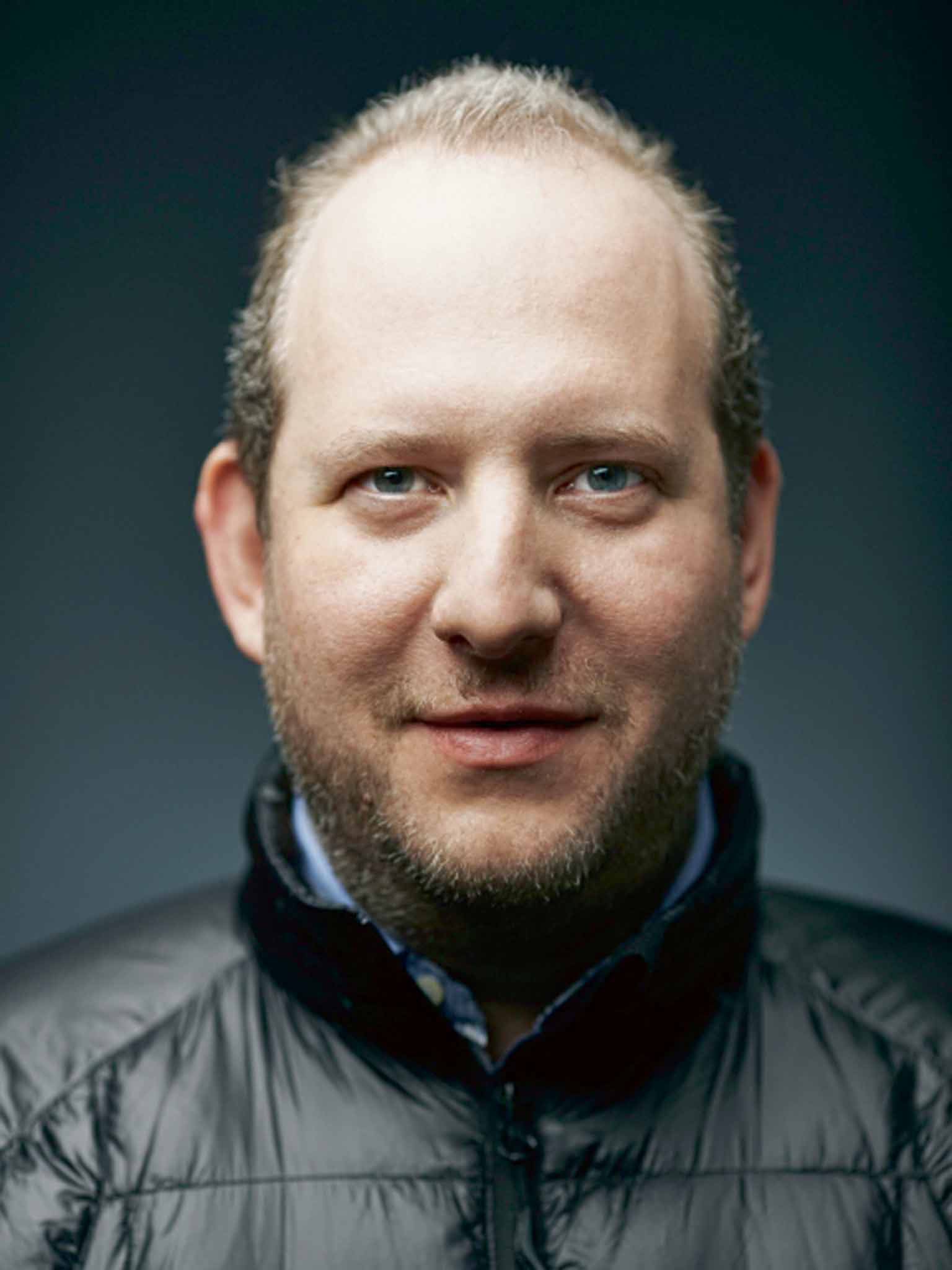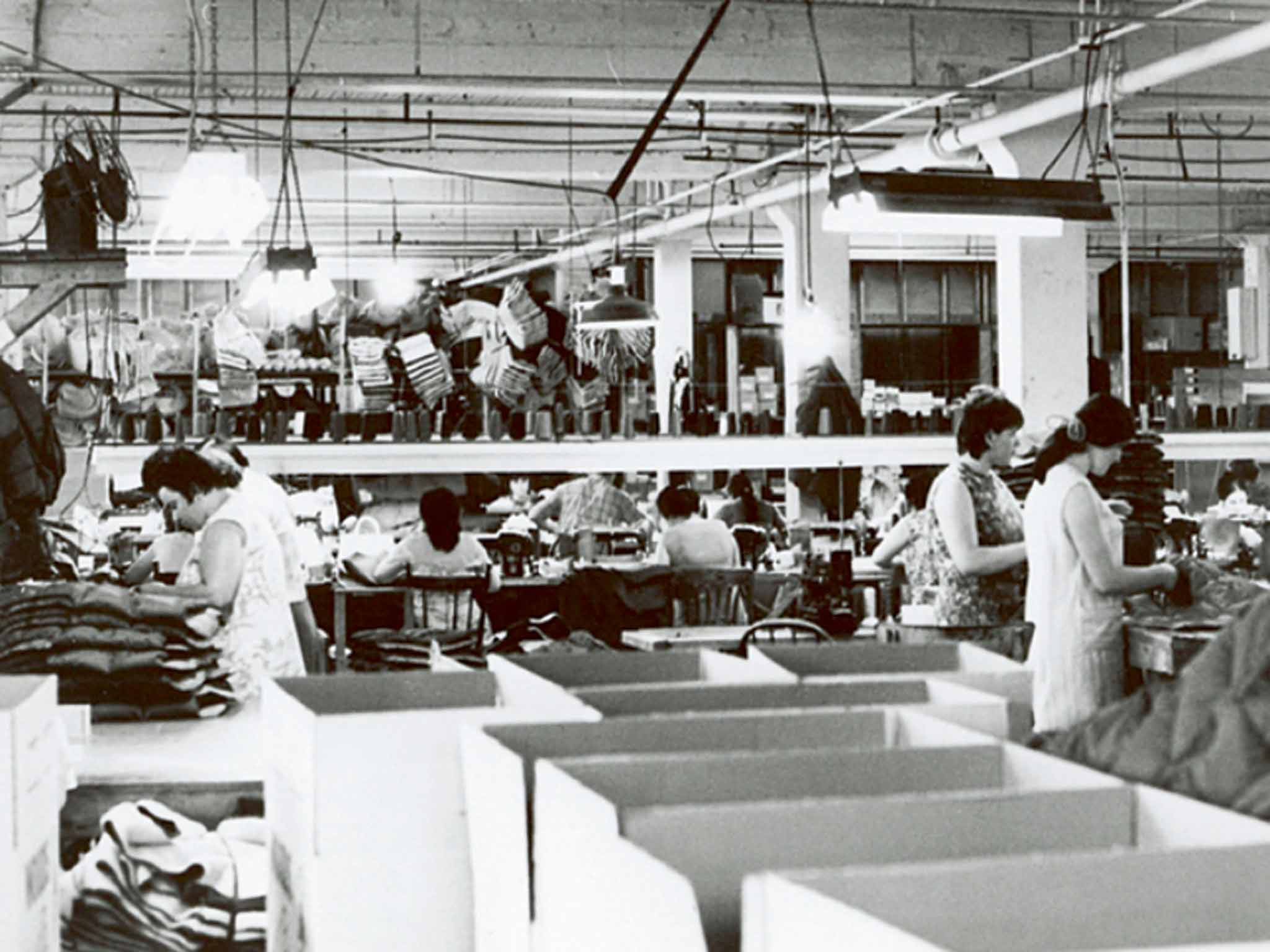Canada Goose: From Arctic utility to urban chic
How a coat loved by rural airline workers became the world's must-have winter jacket

Up on the slopes at Val d'Isère or Verbier, they probably don't spend an awful lot of time dwelling on the humble circumstances of the Hutterites, living in their colonies on the exposed prairies of western Canada.
And yet it is to this transitory Anabaptist community – which has spent 400 years fleeing a succession of persecutors on an exodus from Moravia in Eastern Europe to the uplands of Alberta and Manitoba – that many of the best-clad in this winter's ski resorts will owe their snugness. The Hutterites do lots of business with Canada Goose.
A company that started out providing practical outerwear to those working in or around the Arctic Circle, Canada Goose has grown to become fashionable not just among skiers and climbers, but with the urban smart set from Milan to Tokyo.
The brand's essential component is the Hutterite down which is found in every Canada Goose jacket. The Anabaptists raise large, free-range herds of geese and ducks in the prairie fields and sell the down as well as the meat. Each ounce of down has some two million filaments of fluff that interlock, trapping the pockets of still air which provide insulation. The finest down, many would say, emanates from a mature Hutterite goose.
During the past few winters, Canada Goose's distinctive parkas, with their coyote fur-lined hoods, have become increasingly popular, in spite of the fact that many of its products sell for close to £1,000. Annual revenues have grown from £2.7m in 2001 to £81m in 2013.

The expansion of Canada Goose from a little-known family business to a globally-recognised and highly-coveted clothing label is largely the result of the vision of one man: Dani Reiss.
He sits down amid clothes rails groaning with Canada Goose jackets in the marketing offices the company has recently opened behind London's Oxford Street to pursue further European growth. Despite his transformational role, Reiss, aged 40, is no outsider. He was five years old when his father first brought him to the three-storey factory in downtown Toronto to have his hair ruffled by the women stitching together the hardwearing coats. "All the ladies, the sewers, were like family," he says. "Some still work for Canada Goose and they are like my grandparents."
As a high-school student, Reiss spent each summer holiday working at the factory. "I was in packing, finishing and the shipping department, I was in reception and typed letters, and I was in the down-filling room filling jackets with down," he says. "I did every job except for sewing – I still don't know how to operate a sewing machine."
And yet, for all this practical experience, Reiss harboured no ambition to take the reins at a business that his grandfather had founded in 1957, before he was born. In fact, as a teenager he wouldn't even put on the "functional, utilitarian and northern" garments. His parents "tried to get me to wear them as a kid [but] I wanted to wear denim jackets". Canada Goose was so clearly a product for more austere, distant climes that it didn't even have a retail outlet in its hometown.
"The business was definitely in decline and I was not attracted to it. My parents told me, 'Whatever you do, don't do this, because the clothing industry > is hard – you should become a professional'." He went to the University of Toronto with the intention of becoming a short-story writer, but another holiday job, designed to raise money for student travel, lured him back to the family firm full-time.
His first proper job at the family firm was to make sales calls to the multiplicity of small north Canadian airlines whose workers were among Canada Goose's most loyal customers. "They all wore our clothing. I started to learn the stories behind the products and the people that used them. It was eye-opening because, until that point, Canada Goose to me was 'the jackets that my dad made'."
Reiss became increasingly aware that many of the firm's competitors were outsourcing production to the Far East. "I remember sitting at my desk and reading about two companies leaving Canada and thinking, 'Wow, everyone's leaving'."
At a trade show in Germany, he was told by a local buyer that the principal appeal of a Canada Goose jacket was its point of origin. "If I wanted a jacket made in China, there are plenty of German brands to choose from," he was advised.
Reiss became convinced that the jackets which he had spent his teenage years refusing to wear could become a national icon. He decided that his jackets were the equivalent of a Swiss watch and retaining a 'Made in Canada' label would set them apart from the competition.
The distinctive logo is not, as some wrongly assume, an outline of Canada itself, but is still a reflection of the brand's geographical roots. "It's the inverted North Pole. The white land mass is the ocean and the blue are islands," he explains. The badge was designed by Reiss's father David in the early 1980s. David also designed his own down filling machine, which was until recently still in service. For years, the company was filling jackets for famous American outerwear brands such as LL Bean and Timberland.
By the year 2000, Reiss decided to drop the parallel 'Snow Goose' brand his father had founded because it was confusing buyers.

Sweden was the first foreign country to see Canada Goose as fashionwear and the label started to become visible on the streets of Stockholm around eight years ago. The company – which sold a majority stake in December to the US private equity giant co-founded by Mitt Romney, Bain Capital – now operates in 50 countries. Although Stockholm is the site of its European back office, the London facility is important. "From a trend-setting point of view, this is a great place to be."
The move beyond Arctic utility to urban chic is reflected in products such as the Branta black label range ("Branta is Latin for black goose," Reiss points out). "It's a collection we have focused only on contemporary fashion stores. It's intended for urban use – that said, it maintains the integrity of all Canada Goose products which is function first."
The lightweight 10-denier Hybridge range, which weighs less than half a pound and can be easily packed away, is popular with city commuters and contains the coveted 800 fill power Hutterite white goose down.
Reiss says that a high-number "fill power" isn't necessarily the clue to quality in a down jacket. The Expedition Parka, designed for Antarctic scientists, is 625 fill power duck down because the weight of its three fabrics would be too much for a higher fill. "When there is more structure to the jacket we use lower fill down, which means more feather and more fibre," Reiss explains.
Like any smart modern marketer, he knows it makes good sense to show corporate responsibility. The company attempts to maintain strong relations with Inuit First Nation communities, setting up Canada Goose resource centres in northern Canada. "We send materials and zippers and different kinds of fabric that we give away to [First Nation] communities," says Reiss. "Those people make authentic Inuit clothing and they make it for themselves, they have been doing that for thousands of years."
He says that genuine Canada Goose clothing is a common sight in such communities, despite its high cost. "People make investments up there and they keep our stuff for years. There are financing programmes for Canada Goose jackets."
The company anoints ambassadorial figures as 'Goose People', such as the four-times Iditarod sled-race champion Lance Mackey, ultramarathon runner Ray Zahab, and Laurie Skreslet, the first Canadian to climb Everest. In Europe, they have appointed the more genteel Ben Fogle, travel broadcaster and poster boy for Typhoo tea.
But the growth of Canada Goose has been achieved without spending on advertising, and a reliance on word-of-mouth recommendations on the warmth and aesthetic qualities of the jackets.
That reputation is threatened somewhat by a surge in fakes, mostly from China. "We have a big counterfeiting problem," admits Reiss. He has been to China and seen the fakes for himself on the market rails. "The big picture is that China needs to get its intellectual property laws in order. I think they will once they start to develop brands of their own," he says hopefully.
Such products are not only inferior, they are unsafe, he says. "It's not down in there, it's mulch. We found chicken feathers and all sorts of other things. It's actually a health risk. The hypothetical value of the materials you use is 25 cents a pound. The down we use is approaching $100 a pound."
Urging buyers to stick to authorised retailers, Reiss says: "The worst thing that can happen for us is that someone who wants to buy a real one ends up buying a fake one." Wearing a fake coat on a mountain, "you could get hypothermia".
After staking everything on maintaining Canada Goose's reputation for functionality, Reiss says that could never happen with a genuine garment, no matter where you are on the planet. "Hutterite down is the world's warmest natural insulating property," he says. "You could be in the most freezing environment ever and you would still say 'I am hot'"
Join our commenting forum
Join thought-provoking conversations, follow other Independent readers and see their replies
Comments
Bookmark popover
Removed from bookmarks